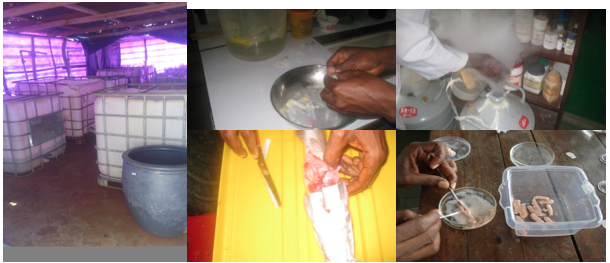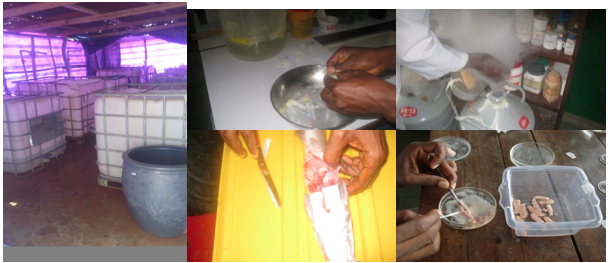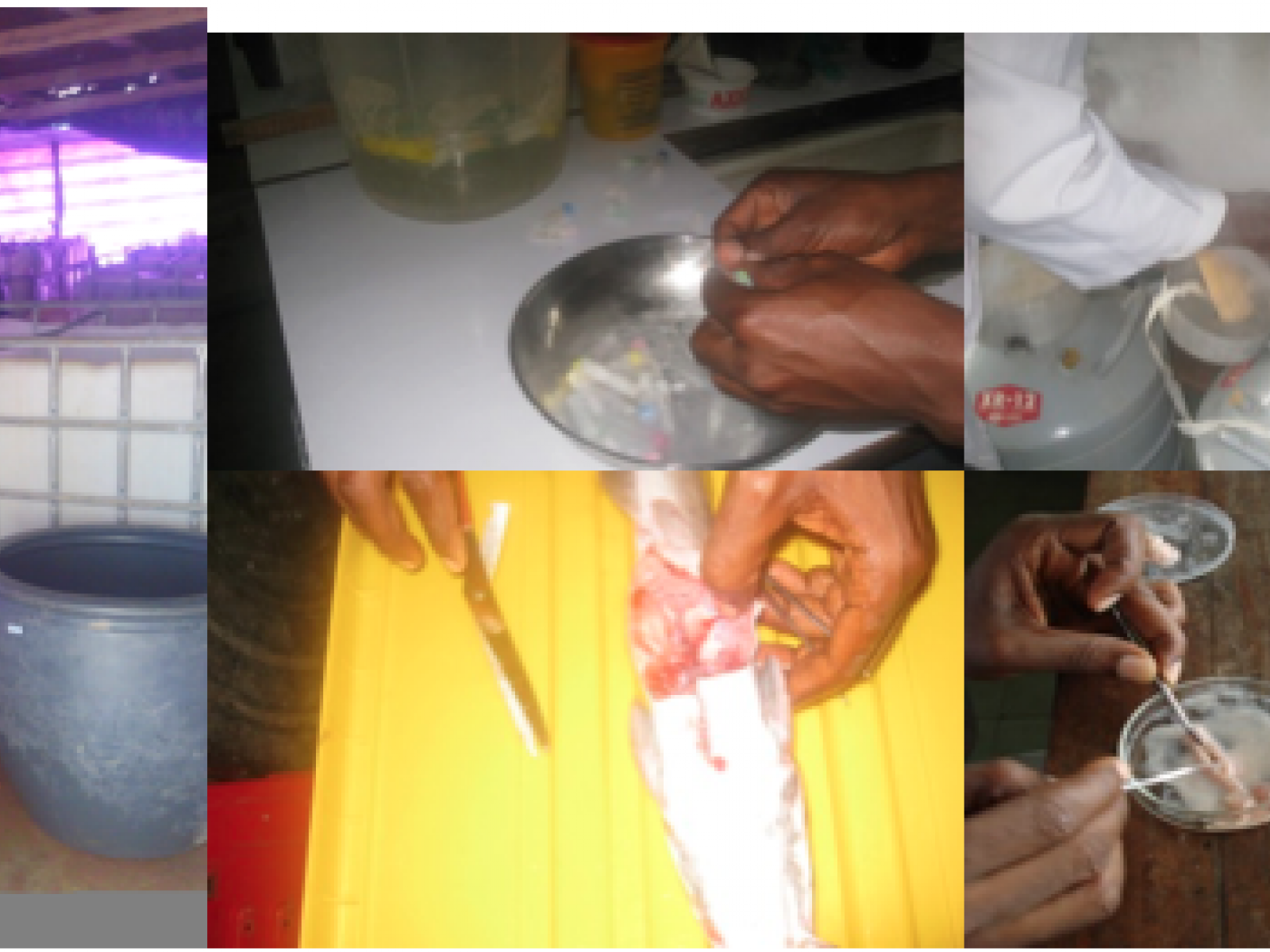An Overview Of Our Solution
- Population Impacted:
- Continent: Africa
Organization type
Population impacted
Size of agricultural area
Production quantity
People employed
Describe your solution
Describe your implementation
External connections
What is the environmental or ecological challenge you are targeting with your solution?
Describe the context in which you are operating
No response.
How did you impact natural resource use and greenhouse gas emissions?
Language(s)
Social/Community
Water
Food Security/Nutrition
Economic/Sustainable Development
Climate
Sustainability
The first 2 phases of the solution depended ib grant funding and government subsidies. Several farms in Ile-Ife and Ibadan have already scaled up BRIDGE initial laboratory findings. We have tested the viabllity in these commercial farms. Now we are thinking of commercializing it to enable us sell a tube of cryopreserved sperm to farmers at 100-200 N/tube. We'd still need government subsidy because liquid nitrogen plants are available in universities. Partnerships with NACGRAB (National Centre for Genetic Resources and Biotechnology) and Technology Incubation Centre of the Ministry of Science and Technology were secured to avail of their genebanks and grow out ponds for liquid nitrogen storage of cryopreserved spermatoozoons in cryovials
Return on investment
Entrant Image

Entrant Banner Image

